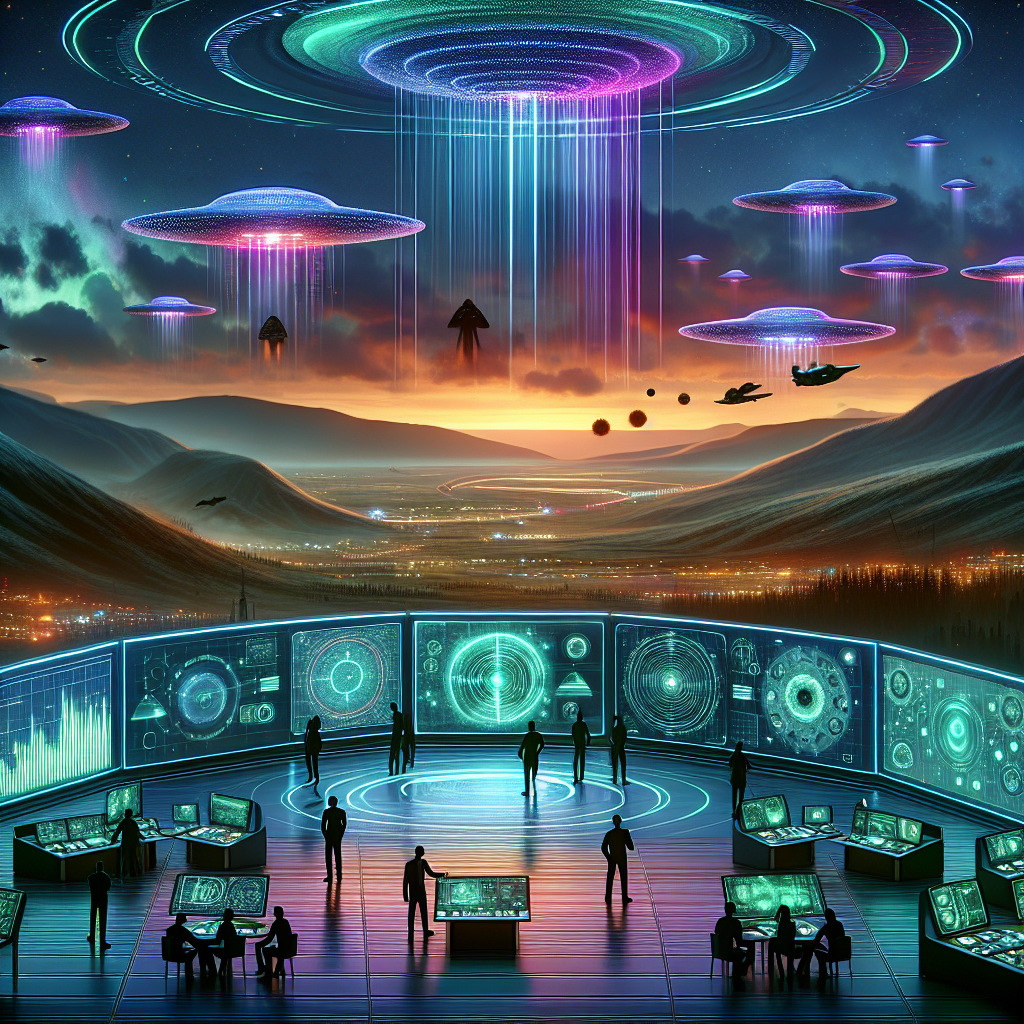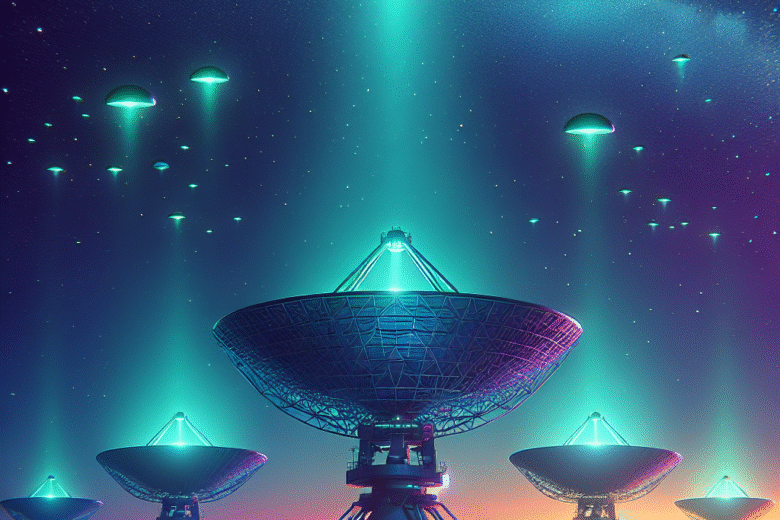The Future of UFO Detection Technology: What to Expect
In recent years, the topic of UFOs has shifted from the realm of science fiction to a subject of serious scientific inquiry. Governments and private organizations around the world are investing in cutting-edge technology to detect and analyze unidentified flying objects. But what does the future hold for UFO detection technology? In this blog post, we’ll explore the advancements being made and what we can expect in the coming years.
Table of Contents
1. Introduction to UFO Detection
2. Current Technologies in Use
3. Emerging Technologies and Innovations
4. The Role of Artificial Intelligence
5. Global Collaboration Efforts
6. Ethical and Privacy Considerations
7. Conclusion
8. FAQs

Introduction to UFO Detection
For decades, UFOs have captured the imagination of people worldwide. While sightings have often been dismissed as hoaxes or misidentifications, there’s an increasing interest in distinguishing fact from fiction. With technology evolving rapidly, we’re on the brink of an era where UFO detection could become a routine part of airspace monitoring. But what technologies are leading the charge, and how will they shape our understanding of these phenomena?
Current Technologies in Use
Today, UFO detection relies heavily on radar systems, satellite imagery, and infrared sensors. Radar systems are crucial for tracking objects that move at high speeds or at unusual altitudes. Satellites provide a bird’s-eye view of large areas, while infrared sensors can detect heat signatures of objects that might otherwise go unnoticed. These technologies have already led to the identification of several unexplained aerial phenomena, sparking curiosity and further research.
Emerging Technologies and Innovations
The future of UFO detection is promising, with several technological innovations on the horizon. Hyperspectral imaging, which captures data across different wavelengths, could help in identifying the composition and origin of unidentified objects. Quantum sensors, known for their extreme sensitivity, could revolutionize how we detect even the faintest signals from these objects.

Additionally, advancements in drone technology mean that we can deploy fleets of autonomous drones to patrol the skies, gathering real-time data on any anomalies they encounter. These drones could be equipped with state-of-the-art sensors, cameras, and communication devices to enhance data collection and analysis.
The Role of Artificial Intelligence
Artificial Intelligence (AI) is poised to play a significant role in the future of UFO detection. AI algorithms can process vast amounts of data more quickly and accurately than human analysts. They can identify patterns and anomalies that might indicate the presence of a UFO, all while reducing false positives. Machine learning models can be trained to distinguish between known aircraft, weather phenomena, and potentially unknown objects.
Moreover, AI can assist in predicting the trajectory of UFOs, helping to determine their origin and potential destination. This capability is crucial for both scientific inquiry and national security purposes.
Global Collaboration Efforts
UFO detection is not just a national issue but a global one. As such, international collaboration is vital. Organizations like NASA, the European Space Agency (ESA), and other space agencies are beginning to share data and resources. Such collaboration ensures a unified approach to understanding and addressing the UFO phenomenon.
Joint research initiatives and shared technological developments will likely lead to breakthroughs that might not be possible with isolated efforts. As more countries recognize the importance of this research, we can expect increased transparency and cooperation on an international scale.
Ethical and Privacy Considerations
As with any technology that involves surveillance, there are ethical and privacy concerns to consider. The deployment of advanced detection systems could lead to increased monitoring of civilian airspace, raising questions about privacy rights and data security. It’s crucial that any advancements in UFO detection technology are balanced with respect for individual privacy and ethical standards.
Regulations will need to be established to ensure that these technologies are used responsibly and transparently. Public trust is paramount, and maintaining it will require clear communication and accountability from the organizations involved in UFO detection efforts.
Conclusion
The future of UFO detection technology is both exciting and challenging. As we continue to explore the mysteries of our skies, advancements in technology will play a pivotal role in deepening our understanding of unidentified flying objects. With AI, quantum sensors, and international collaboration leading the way, we’re on the cusp of significant discoveries that could change our perception of the universe.
FAQs
Q: What is the primary technology currently used for UFO detection?
A: Radar systems, satellite imagery, and infrared sensors are the primary technologies in use today for detecting UFOs.
Q: How can AI help in UFO detection?
A: AI can process large datasets quickly, identify patterns and anomalies, and reduce false positives, making it a valuable tool for UFO detection.
Q: Is international collaboration important in UFO research?
A: Yes, international collaboration is crucial as it allows for the sharing of data and resources, leading to more comprehensive and accurate research outcomes.
With technological advancements and a collaborative spirit, the future of UFO detection looks brighter than ever. Keep your eyes on the skies! 👽✨
Looking for a side hustle
Check out one of the best around atm
